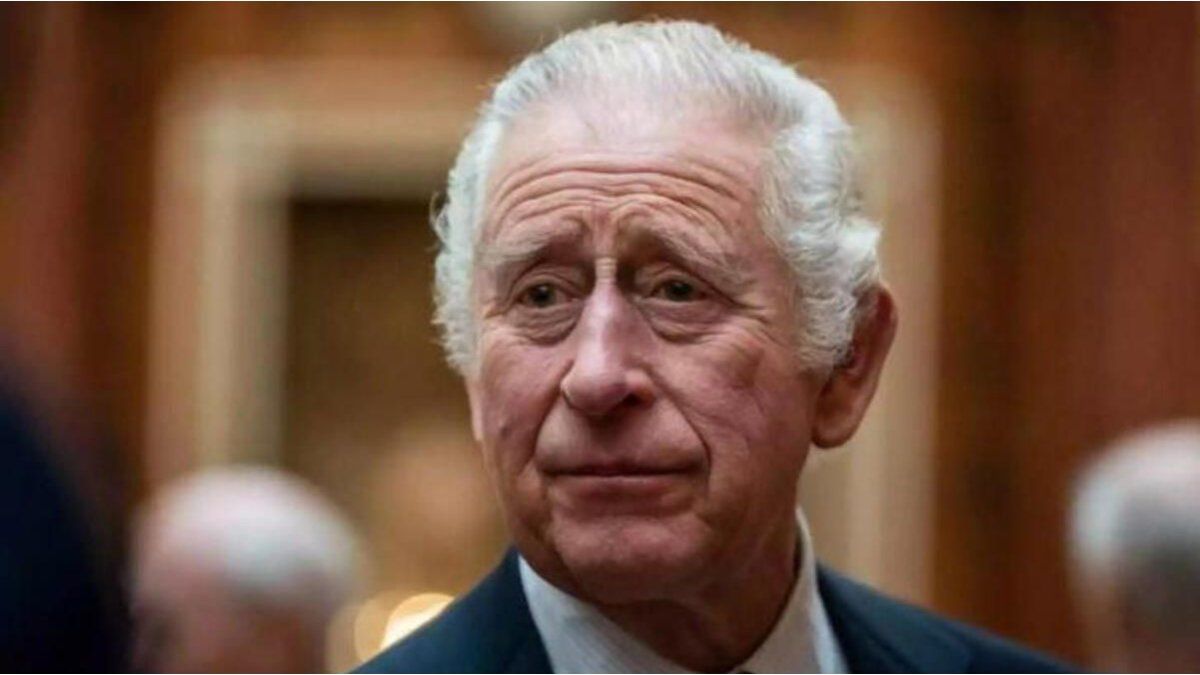The Chamber of Deputies definitively approved the project to reduce the Personal Income Tax (IRPF) and of the Social Security Assistance Tax (IASS)who had a parliamentary tour of just one week.
The fiscal relief, whose details were presented by the president Luis Lacalle Pou on Thursday 2 before the general Assembly legislature, entered the Senate a week ago, it was approved there unanimously on Tuesday and yesterday it was supported by the Committee on Finance of the lower house. In the early hours of this Thursday, he had already been sanctioned.
Who benefits from the IRPF and IASS reduction?
The lower income taxpayers, which represent 14% of those who pay personal income tax, will stop paying it. While the lower ranges (monthly salaries up to $60,500), will have an increase in deduction rates from 10% to 14%.
Regarding the IASS, the minimum retirement from which payment begins. Thus, the current non-taxable minimum of 45,280 pesos (8 BPC) will go to 50,940 pesos (9 BPC). The lease credit will increase to 8%.
What personal income tax deductions are modified?
The deduction for dependent child will rise from 73,580 pesos per year (13 BPC) to 113,200 pesos per year (20 BPC) and the doubling will be maintained in cases of children with disabilities.
He real estate lease credit will increase from 6% to 8% and the housing cost ceiling to be able to access the tax deduction mortgage credit will also rise.
As an example, the government gave the case of a person who earns a nominal salary of 60,000 nominal (45,500 liquids), with a minor child and a rent of 18,000 pesos per month. This person, without the reform, must pay 22,164 pesos per year for personal income tax while, with the reduction, they would pay 10,054 pesos per year, 55% less.
according to Ministry of Economy and Finance (MEF), These changes in the four types of deductions will benefit 75% of the taxpayers of the Personal Income Tax.
Why is the government making a tax cut?
The head of the MEF, lily arbelecheassured that the objective is “to alleviate the tax burden of taxpaying workers with lower incomes and those who have dependent children” from the increase in deductions, which is also understood as a first step towards an income tax, and not wages.
The expectation of the government headed by Luis Lacalle Pou is that those pesos that no longer go to the treasury, do so to the consumption at a time when economic activity shows some stagnationespecially in the areas of commerce and services.
How much will the tax relief cost the Uruguayan State?
According to the Executive, the cost will be 110 million pesos, but that private raise to 150 million pesos. President Lacalle Pou assured that he is “in a position to proceed with a tax reduction” thanks to a growing economy. However, it is estimated that the forecasts for this year will be revised downwards as a result of the drought and a lower demand for Uruguayan goods since China.
What will happen to the monthly income tax and IASS payments already paid?
Income tax and IASS reductions will be applied retroactively to January 1, 2023 in both cases, since these are two annual taxes.
Advances or payments that have already been made will be returned. In the case of personal income tax, if the worker does not submit a sworn statement, the State will refund the amount through the employer. On the other hand, in the case of those who did present it, when they make the 2023 declaration, they will have a credit in June-July.
Source: Ambito




